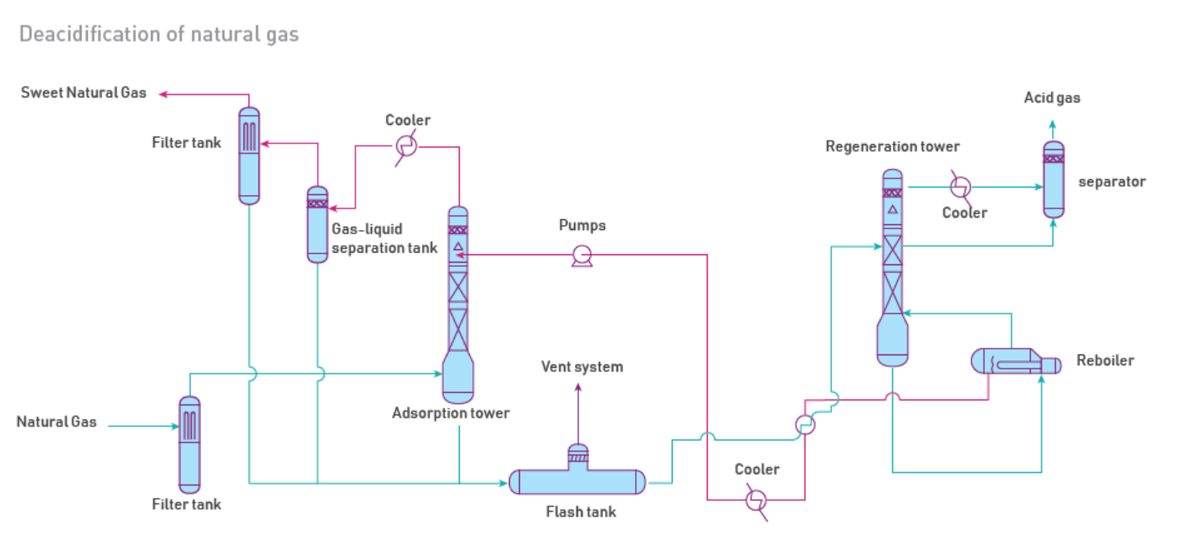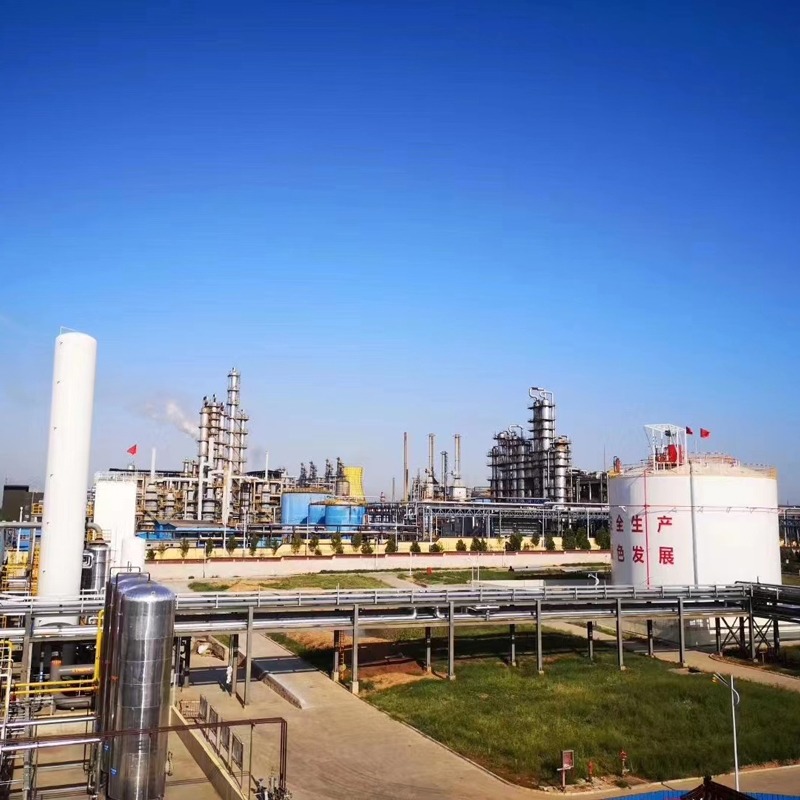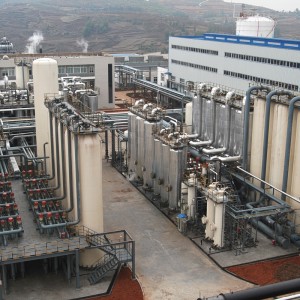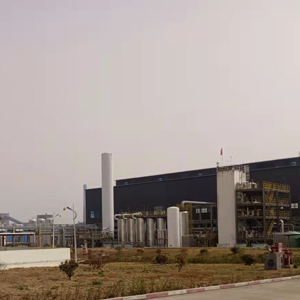- Typical feed: Biogas
- Capacity range: 5000Nm3/d~120000Nm3/d
- CNG supply pressure: ≥25MPaG
- Operation: Automatic, PLC controlled
- Utilities: the following Utilities are required:
- Biogas
- Electric power
Purified feed gas is cryogenically cooled and condensed in heat exchanger to become liquid natural gas (LNG).
Liquefaction of natural gas takes place in a cryogenic condition. In order to avoid any damage and blockage of heat exchanger, pipeline and valves, feed gas must be purified before liquefaction to remove moisture, CO2, H2S, Hg, heavy hydrocarbon, benzene, etc.


The Nature Gas to CNG/LNG process involves several steps
Pre-treatment: The natural gas is first processed to remove impurities such as water, carbon dioxide, and sulfur.
The main purposes of natural gas pretreatment are:
(1) Avoid freezing of water and hydrocarbon components at low temperature and clogging equipment and pipelines, reducing the gas transmission capacity of pipelines.
(2) Improving the calorific value of natural gas and meet the gas quality standard.
(3) Ensuring the normal operation of natural gas liquefaction unit under cryogenic conditions.
(4) Avoid corrosive impurities to corrode pipelines and equipment.
Liquefaction: The pre-treated gas is then cooled to very low temperatures, typically below -162°C, at which point it condenses into a liquid.
Storage: The LNG is stored in specialized tanks or containers, where it is kept at low temperatures to maintain its liquid state.
Transportation: The LNG is transported in specialized tankers or containers to its destination.
At its destination, the LNG is regasified, or converted back into a gaseous state, for use in heating, power generation, or other applications.
The use of LNG has several advantages over natural gas in its gaseous state. LNG takes up less space than natural gas, making it easier to store and transport. It also has a higher energy density, meaning that more energy can be stored in a smaller volume of LNG than in the same volume of natural gas. This makes it an attractive option for supplying natural gas to areas that are not connected to pipelines, such as remote locations or islands. Additionally, LNG can be stored for long periods of time, providing a reliable supply of natural gas even during periods of high demand.

















